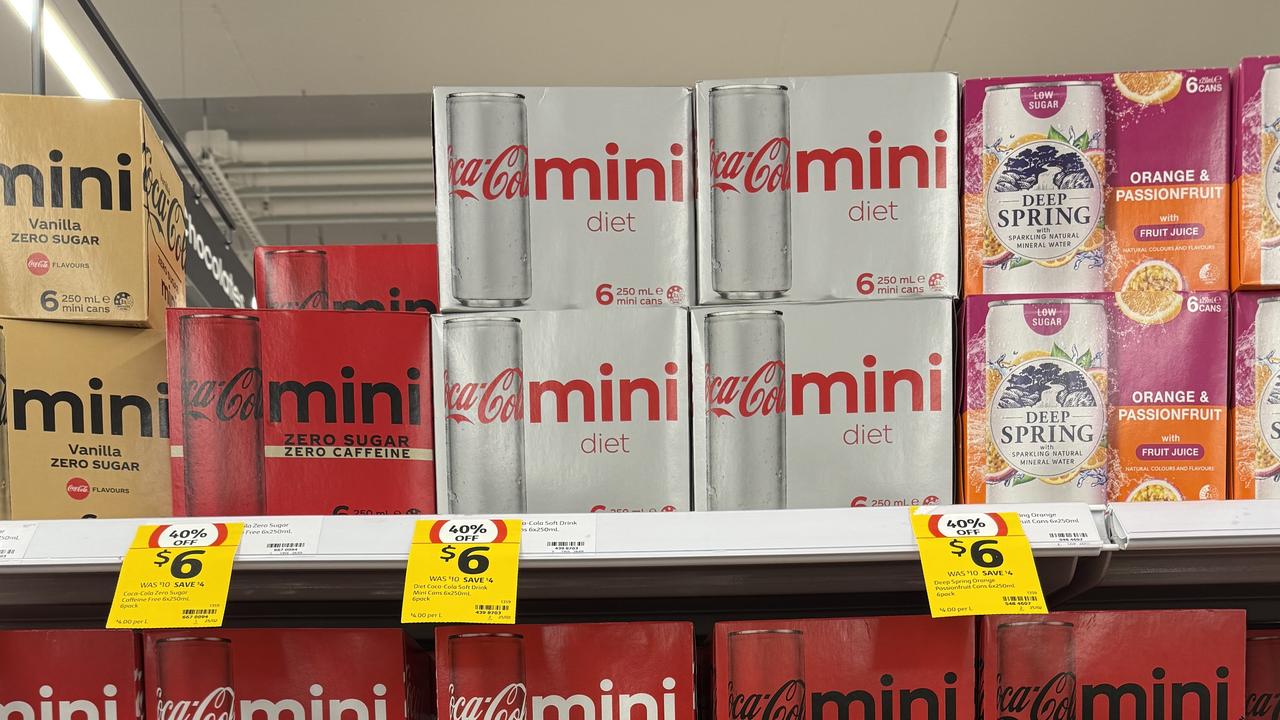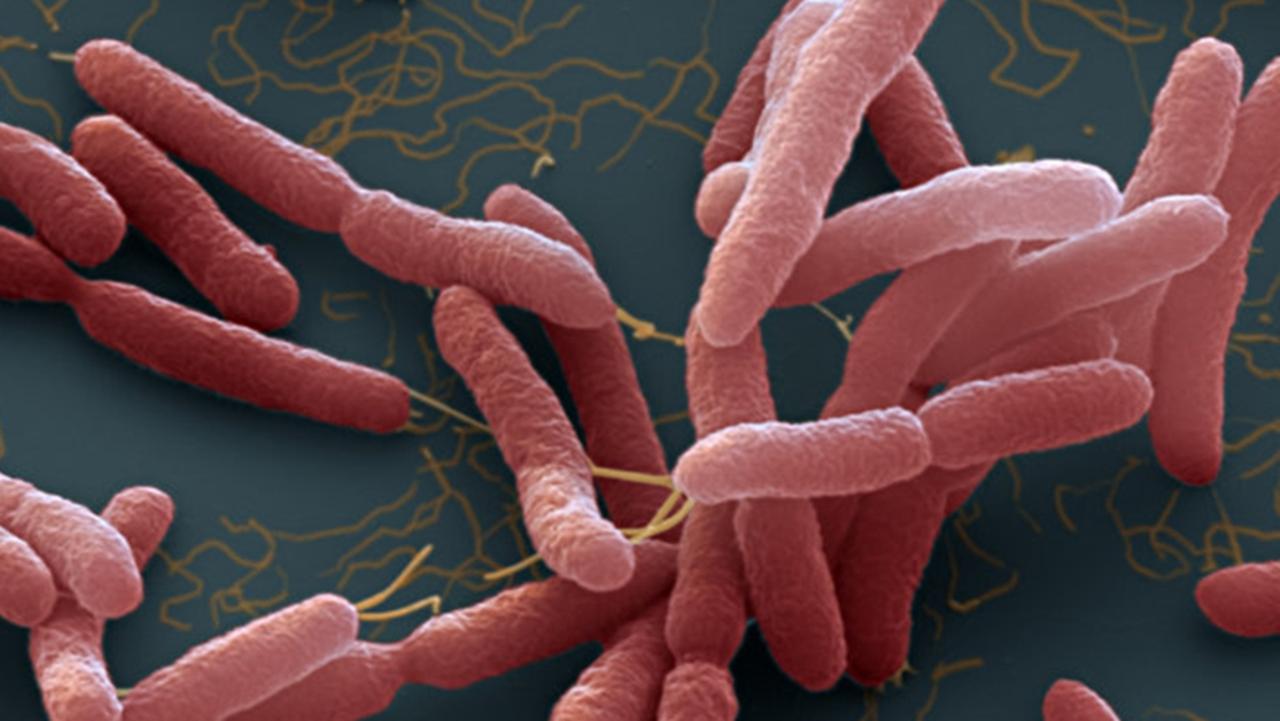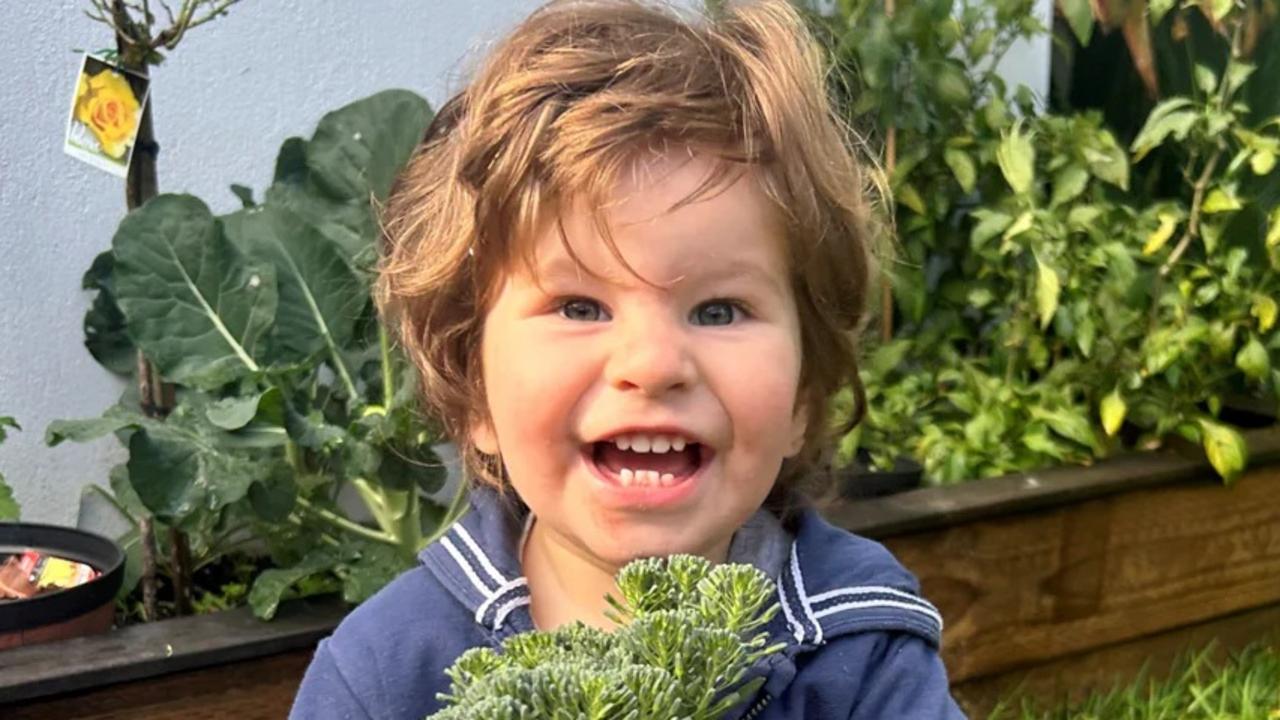Boy, 9, saw double before horror inoperable brain tumour diagnosis
Finley Curnow Wright was just eight years old when a trip to the optometrist led to a devastating diagnosis.

Paul Curnow and his wife Kate were driving back from sport one Saturday in March, 2017 when, stopped at the traffic lights, their eight-year-old son Finley mentioned that he was seeing double.
The youngest of the couple’s three sons, Finley had a “wicked sense of humour”, a good imagination and “was very observant of situations” – but was shyer than his older brothers.
“He was very understated. He was a just a very – you know, he played soccer and he was quite good, but he never made anything of it. He wasn’t the loudest and didn’t like being the centre of attention,” Mr Curnow told news.com.au.
When Finley was “almost falling asleep at the dinner table” the following night, Mr Curnow said he and Kate didn’t think much of it – except that they should get his eyes checked.
After a trip to the optometrist found that Finley’s eye sight was fine, they were directed to take him to an ophthalmologist – before eventually deciding to take him to the hospital.
“And I think at that point, I was at work, but my wife was like, ‘Something’s not right’,” Mr Curnow said.
RELATED: Devastating find on newborn’s head
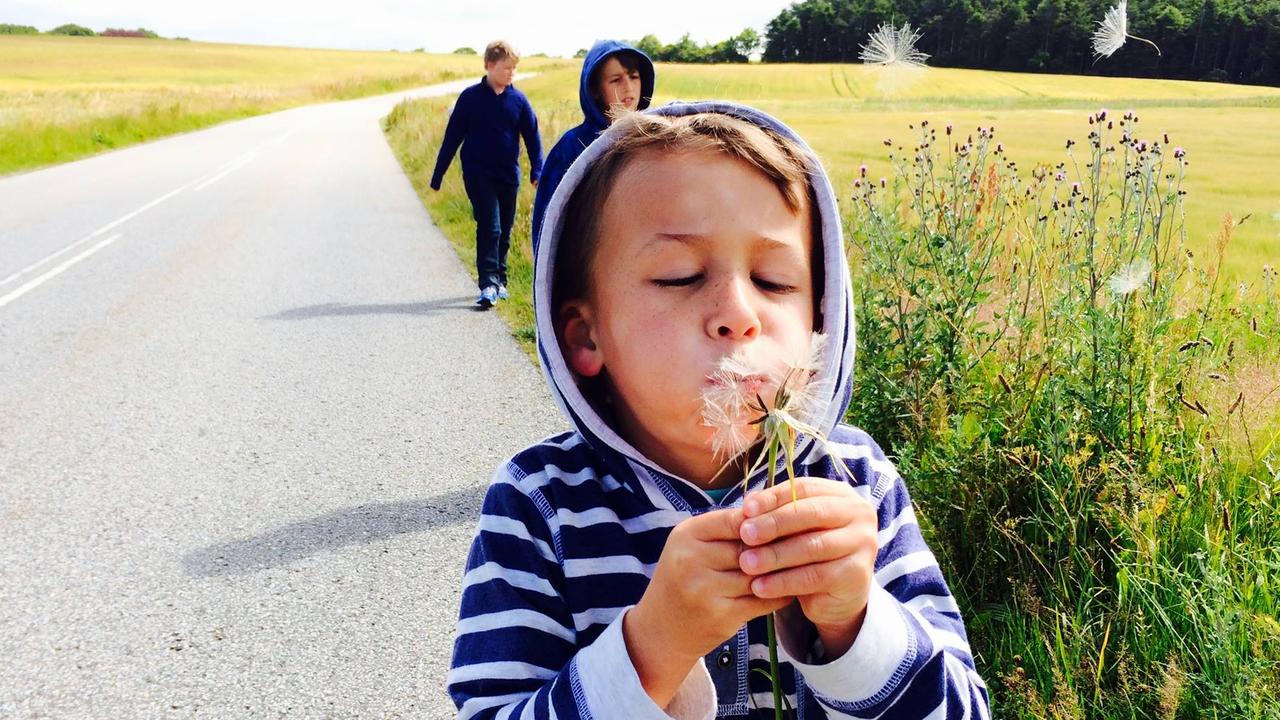
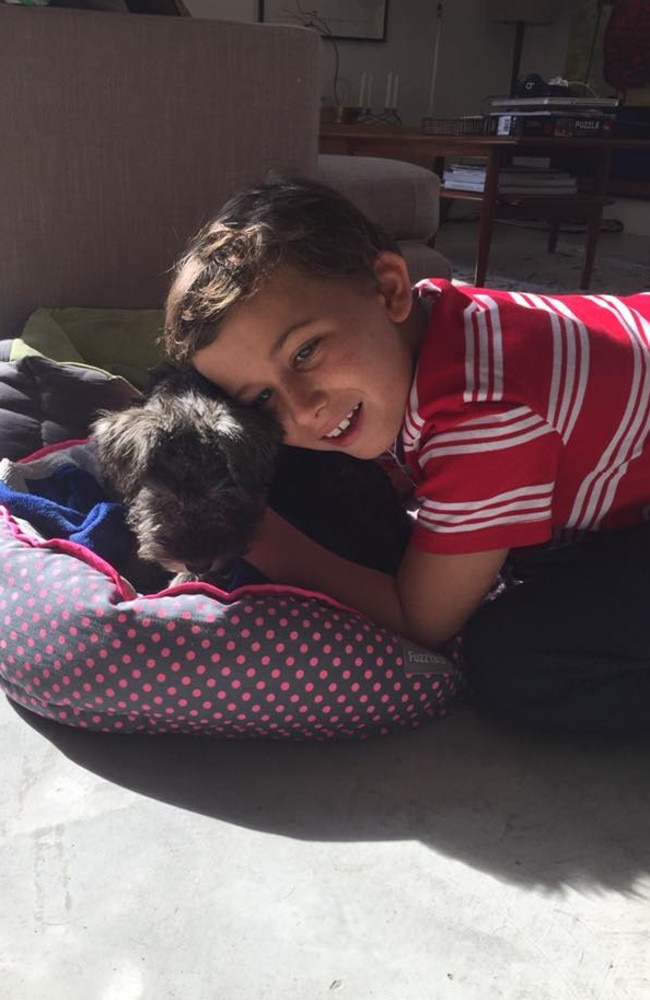
An MRI that Wednesday afternoon found that Finley had Diffuse Intrinsic Pontine Gliomas (DIPG), an inoperable brain tumour that’s “one of the most, if not the most aggressive childhood cancers”.
Affecting as many as 40 Australian children each year between the ages of four and 11, there are no effective treatments for DIPG – and current therapeutic strategies are essentially palliative.
Finley spent five days in hospital, when a biopsy of the tumour – which had started to press on his stem cell, impacting his vision and making him fatigued – was taken. He then began a round of target radiation, four days a week for just over a month, to help shrink the tumour and buy the family some more time with their son.
The family then went into what Mr Curnow described as “six months of total lockdown”, involving a round of target radiation and participation in a UNSW and Children’s Cancer Institute program that used drugs to help shrink the tumour and buy the family some more time.
“We would pretty much be at home, and two of his best friends, Levon and Charlie, would come and a visit a fair bit and we’d do a few things,” he said.
“He just wanted to stay at home and just hang out with his brothers and friends.”
During that time, he also worked on a children’s book with his godmother, children’s author Lisa Nicol, called Vincent and the Grandest Hotel on Earth – serving as a reminder of who Finley “really was, as opposed to just a child affected by cancer”.
“One of the saddest things is you think, ‘What would he be like today?’ You sort of think, you know, the other boys – you look at them when they were eight or nine and how they are now, and they’ve changed so much, but also they haven’t,” Mr Curnow said.
“So I think for us, the question is, what would he be like now.”
RELATED: Family’s fight against heartbreaking diagnosis
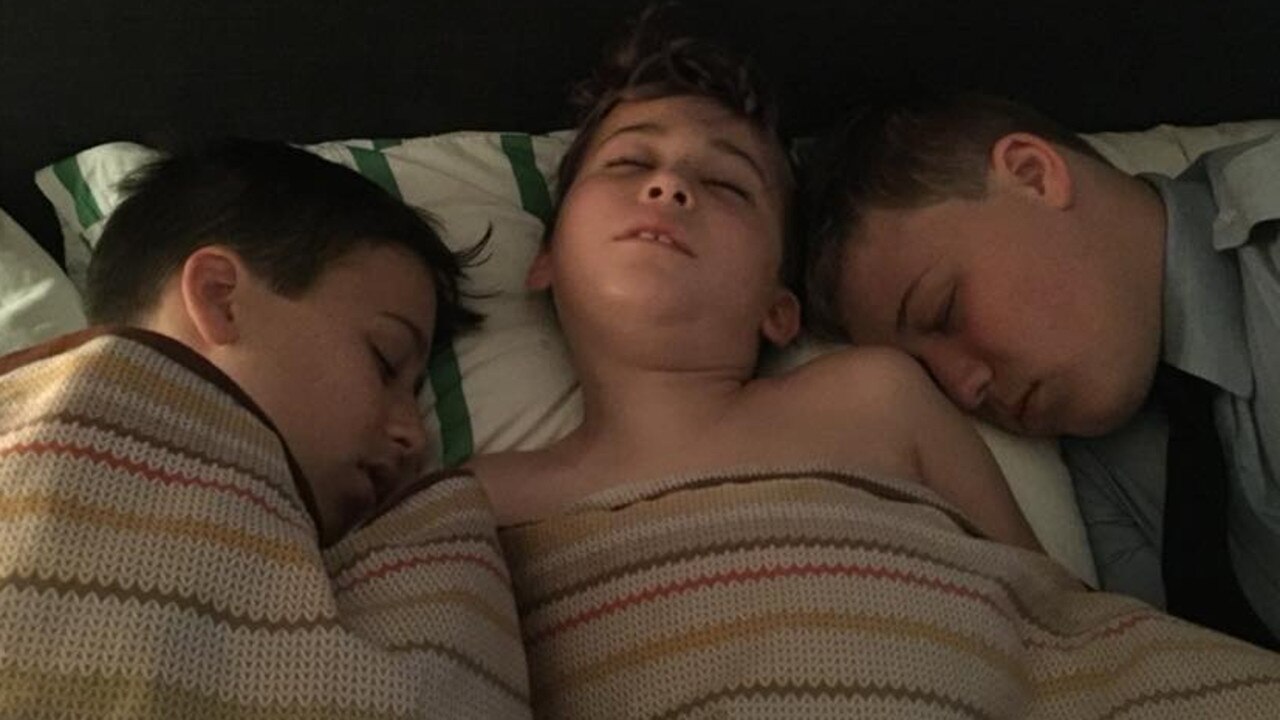

Finley turned nine in April – and by the end of July, “that’s when he really went downhill. That’s when the tumour, at that point, was just growing too fast”, Mr Curnow said.
“Around about the first week of August was when he lost his speech. And that was probably one of the – I mean, there were lots of tough moments – but that was certainly one of them.”
Six months to the day of his diagnosis on September 15, surrounded by his family and beloved dogs, Finley sadly passed away.
“We were at home, my wife and I, and we were just lying with him in the morning and he stopped breathing and that was it. But it was very peaceful, in the end,” Mr Curnow said.
While it was a “terrible” six months, he said it was “actually a beautiful time too, because nothing else matters”.
“Everything around us was just irrelevant, news, stuff that was going on, daily stuff. So we really just cocooned ourselves and focused on him and our family,” he said.
RELATED: Terrifying discovery in baby’s chest
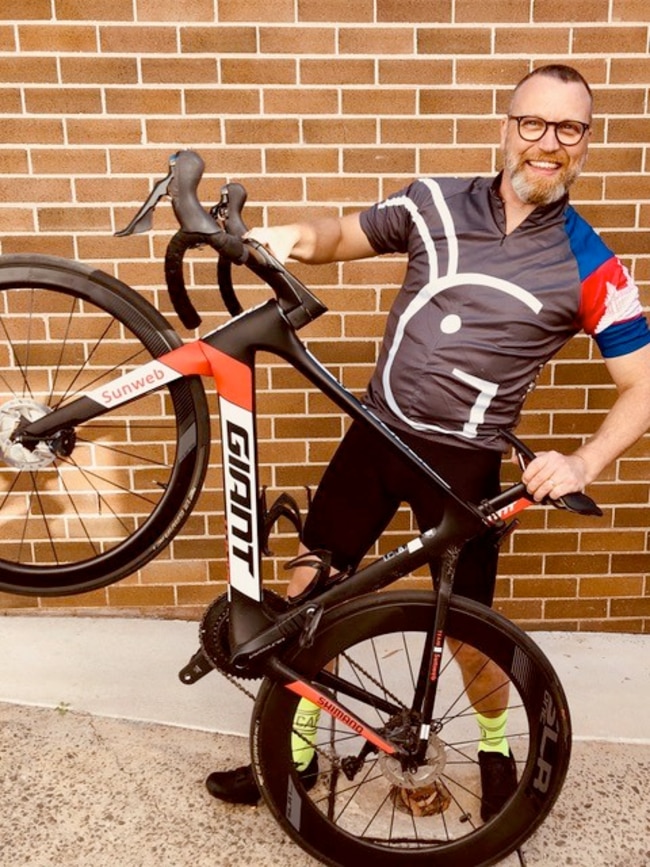
After Finley’s funeral, which the family held at home, Mr Curnow said they “didn’t really know what to do, but I just had this feeling that we had to something”.
Having heard of a friend who had done a charity bike ride in Vietnam, he got in touch with the organisers, and started the Fair Warriors fundraiser through the Children’s Cancer Institute.
Mr Curnow – along with Finley’s family and friends – have never stopped honouring Finley’s legacy, participating in bike rides in Vietnam, New Zealand, the Margeret River and this year’s Endure for a Cure ride in Sydney, and raising $150,000 toward children’s cancer research.
While it’s “challenging” to raise funds for children’s cancer because of the traumatic nature of most stories, Mr Curnow said it’s important because “what you learn from how you can treat childhood cancer absolutely has a big spillover effect in how you can treat adult cancer, so there’s a lot of benefit in understanding”.
“The more funding it’s got, the better survival rate – because funding does lead to cures and treatments,” he said.
“And the whole pandemic, I think, just shows what’s possible. You look at how quickly vaccines have moved through the stages – and it just shows you what you can unleash.”
Continuity of research is important in finding treatments, Mr Curnow said, but time is also “critical”.
“Given how aggressive the tumours are, if you’re going to do targeted treatment, that needs to be funded to the level that that can happen really quickly. Because otherwise with the aggressive nature of the tumours, it can just be too late.”
Paul Curnow is an ambassador for the Children Cancer Institute’s Endure for a Cure cycling challenge this Friday, October 16, raising money for childhood cancer research.


